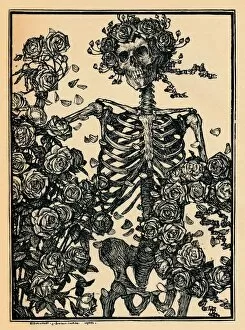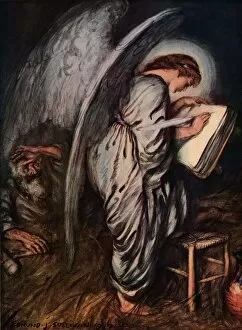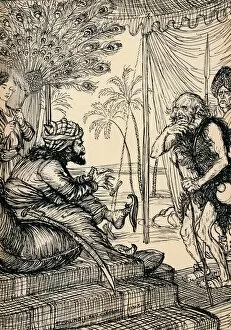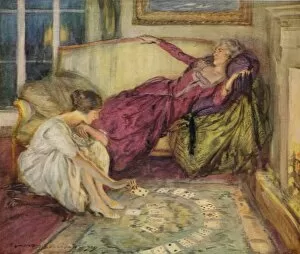Edmund J. Sullivan: A Master of Illustration Edmund Joseph Sullivan, a renowned artist and illustrator, left an indelible mark on the world of art with his exceptional talent and creativity. Born in 1869, Sullivan's artistic journey spanned several decades, during which he produced captivating illustrations that continue to captivate audiences even today. One of his notable works includes the stunning illustrations he created for "The Rubaiyat of Omar Khayyam" in 1900. Through intricate details and vibrant colors, Sullivan brought to life the verses of this timeless Persian poem, adding depth and beauty to its words. In 1927, Sullivan lent his artistic prowess to Robert Louis Stevenson's iconic novella "The Strange Case of Dr Jekyll and Mr Hyde. " His illustration depicting a pivotal scene from the story perfectly captured the duality between good and evil that lies within each individual. Sullivan's versatility as an artist is evident in his pen sketch from "Line: An Art Study" (1923), where he portrayed Don Quixote with remarkable skill. The delicate lines showcase both Quixote's determination and vulnerability as he embarks on his legendary quest. His ability to convey emotion through art shines brightly in pieces like "Abou Ben Adhem: - I Pray Thee Then Write Me As One Who Loves His Fellow Men" (1916) and "And When The Angel Showed Him The Names Of Those Whom Love Of God Had Blest" (1916). These heartfelt illustrations depict themes of love, compassion, and spirituality with profound sensitivity. Sullivan also explored various subjects beyond literature. In works such as "The Tavern Door" (1916) or "The Happy Man Found" (1918), he delved into scenes inspired by everyday life. With meticulous attention to detail, these illustrations transport viewers into bustling taverns or serene landscapes while evoking a sense of nostalgia. His talent extended to political and social commentary as well.















